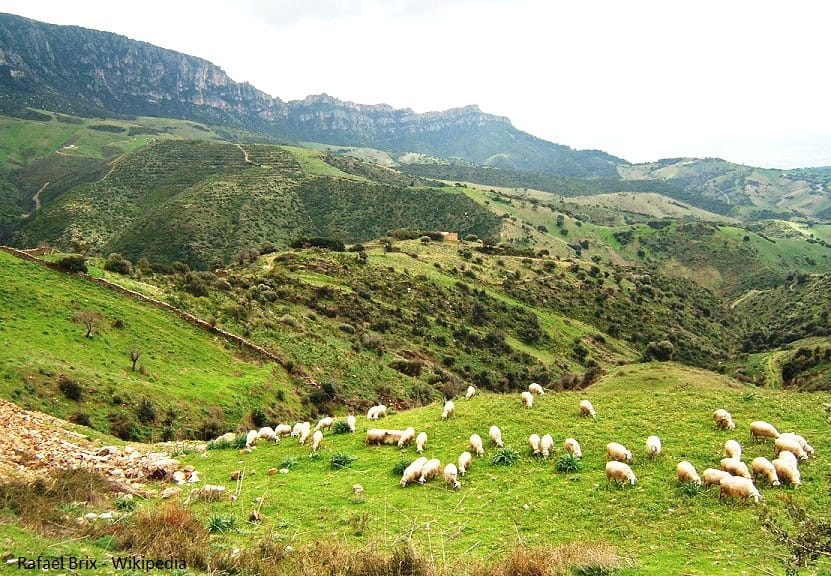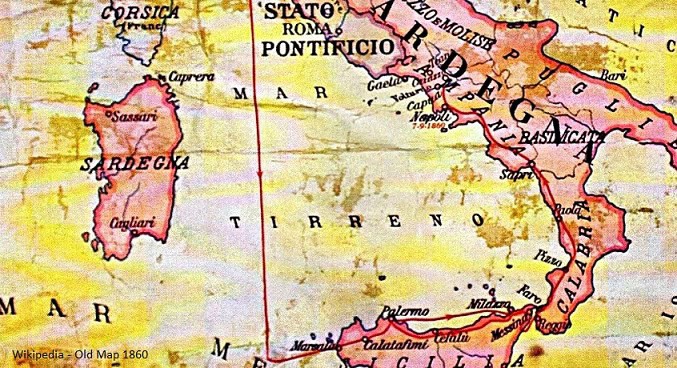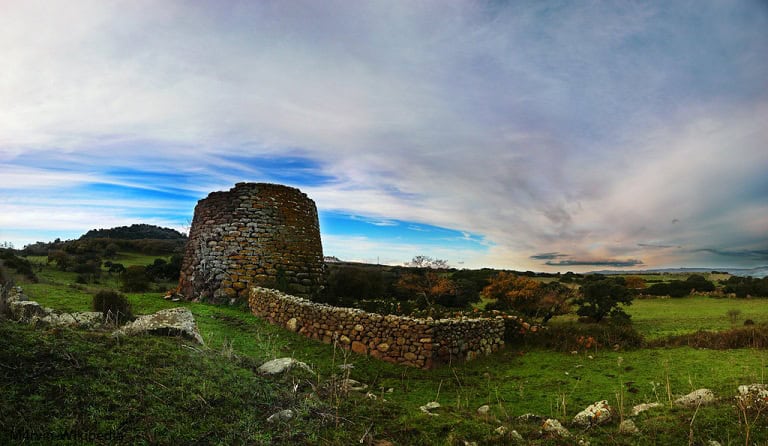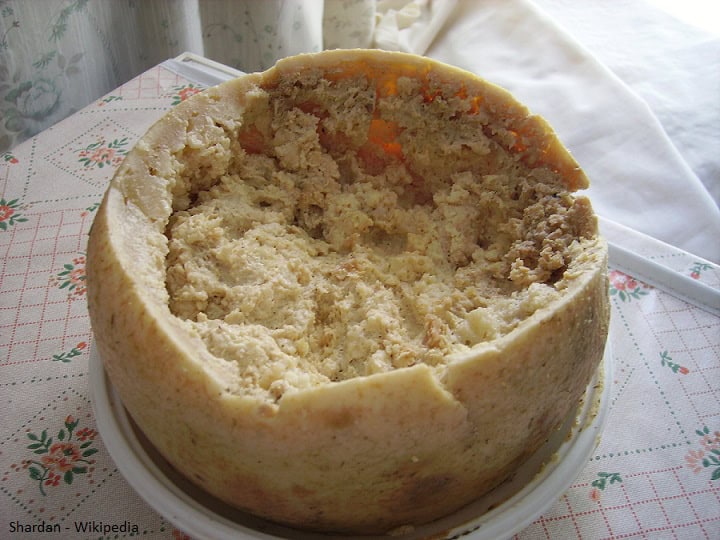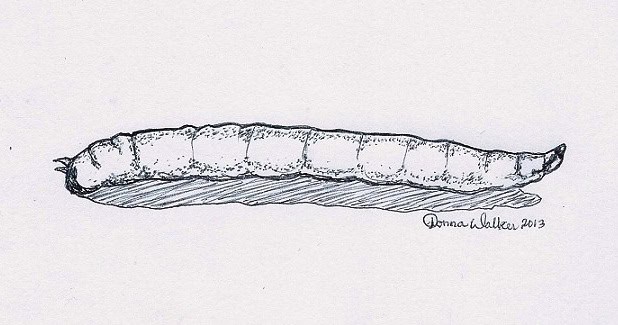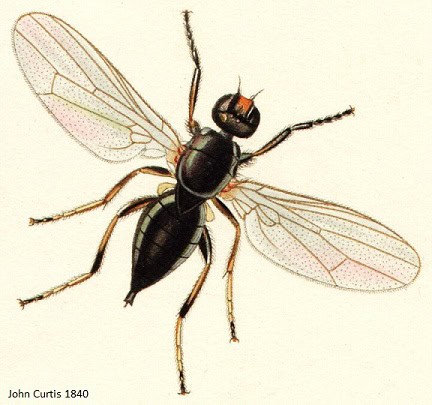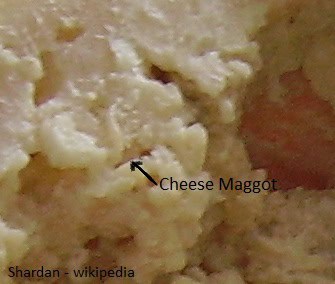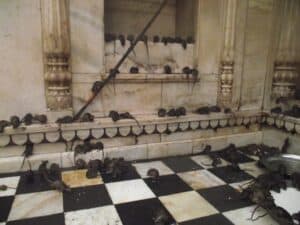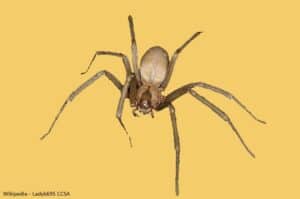The Island of Sardinia
Sardinia, Italy, is the second-largest island in the Mediterranean after Sicily. The island terrain resembles a quilt of sandy beaches, forested mountain peaks, valleys of citrus groves, and pastures of happily grazing sheep.
Sheep near Lula, Sardinia, Italy. Casu marzu cheese is made with ewe´s milk.
Thousands of stone buildings called “Nuraghes” dot the landscape as testimony to an ancient past. Traditionally, Sardinian men worked as farmers and shepherds; some families today continue to raise sheep as a means of income. Sheep are milked twice a day to create Pecorino, a cheese used for Sardinia´s Casu marzu.
Sardinia, Italy is the 2nd largest island in the Mediterranean.
Sardinia´s Casu Marzu
Casu marzu is a specialty cheese that was outlawed for a period of time by the EU (European Union). During this period, die-hard fans had to purchase Casu marzu from the black market. Sardinian sheep farmers relying on Casu marzu as a family business, fought to have the ban lifted.
Nuraghes in Sardinia were built between *2200 – 1200 BCE; their exact function is unknown.
Today the cheese is considered a “traditional” food, which means since it has been made in the same manner for more than 25 years, Casu marzu is exempt from regular food hygiene regulations. You may or may not be glad to know, it is definitely is not available for sale in the United States.
Casu Marzu – A Traditional Italian Cheese (looks innocent enough, hmmm…)
An Age-old Tradition
The process of creating Casu marzu starts by making Pecorino, a hard Italian cheese which is easily purchased here in the U.S. but then the Sardinians do something else to the cheese – they add a “special” ingredient.
Sketch of Piophila casei larva- Casu marzu´s “special” ingredient.
After the Pecornio cheese has cured and is incased in wax, Sardinian cheese makers slice off the top, leaving it open for cheese flies (Piophila casei) to come and get their fill of cheese. Once the cheese flies lay their eggs, the larvae hatch and the magic begins. Hungry larvae devour the cheese, breaking down the fat through their digestive system and excreting the remains. This process changes the texture of the cheese, making it very soft and giving it a distinct flavor otherwise not found in regular Pecornio.
1840´s – Drawing of a Cheese Fly by John Curtis
Cheese Skippers
The name Casu marzu actually means “rotten cheese.” The cheese fly larvae are really maggots (larvae just sounds `nicer´), sometimes called “cheese skippers.” And skip is what they do….cheese larvae can propel themselves up to six inches, straight in the air! Diners are known to hold their hands over a slice of bread containing Casu marzu to keep the skippers from jumping. Check out the video with Chef Gordon Ramsey who was brave enough to try this “specialty” cheese.
Video with Chef Gordon Ramsey on Sardinia´s Casu Marzu
Author´s comment: I apologize if I mislead you with photos of the beautiful countryside of Sardinia, Italy, and then ended up having you look at cheese maggots. And I’m very sorry if I grossed you out…..the question is – would you too try Casu marzu?
Cheese Skippers / Cheese Maggots in Casu marzu
Article by Donna Walker
References:
Video with Chef Gorden Ramsey on Casu marzu
Wikipedia – Casu marzu; Cheese maggots; Cheese fly; and Sardinia, Italy
*2200 – 1200 BCE (Before Current Era) is during the middle to Late Bronze Ages.
